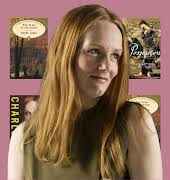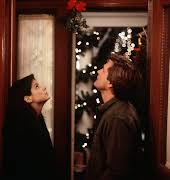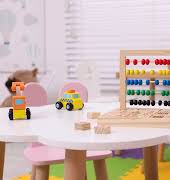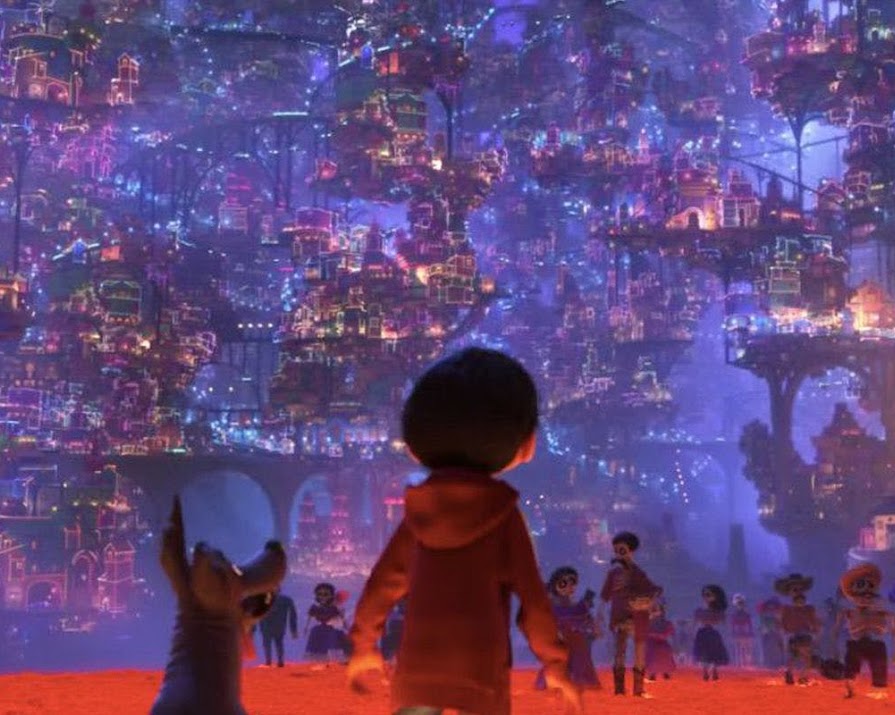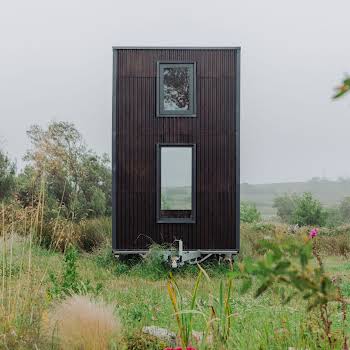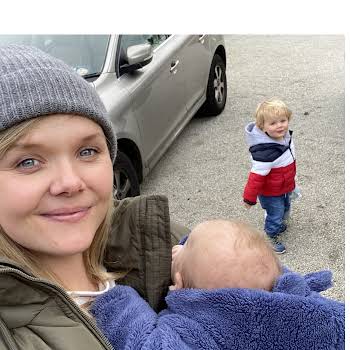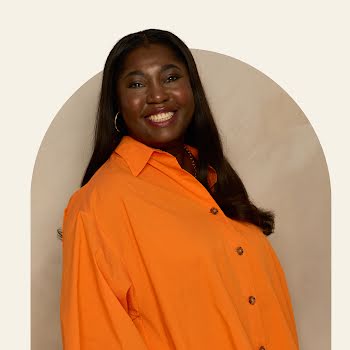By Jessie Collins
29th Jan 2018
29th Jan 2018
Coco, Pixar’s latest animation has cleaned up at the box office, but it has also given parents a much- needed platform to talk to our kids about life, and death, writes Jessie Collins.
There is a scene from Pixar’s smash hit animation Coco, where twelve-year-old protagonist Miguel who, having crossed over into The Land of the Dead, encounters one of the deceased. The characterful skeleton lies in a hammock and is gripped by a shaking. “He is being forgotten”, says Miguel’s newfound friend, the also deceased troubadour Héctor. This is what happens, he explains when there is no longer anyone in the Land of the Living who remembers you. The skeleton shudders a final time and then disappears into a blaze of golden petals and light. “Where’s he gone?” asks the distressed Miguel. “No one knows,” his friend explains. “No one knows where the people go once they have been forgotten.”
It is a really tender moment in a really great movie, but it is also an extraordinarily direct approach to the whole notion of an afterlife. It is not soft soaped, the character disappears, never to return. Even the dead don’t know where he is. It is an ending. And given that this is a story essentially aimed at the under 12s who are also being marketed the next Frozen spin-off featuring the cuddly snowman Olaf, it seems remarkably brave from a mainstream movie.
It has shone a much needed spotlight too on how we, in western culture, discuss and approach the reality of death with our children, and it has left us wanting. Death is often one of the concepts kids latch on to early, fascinated by its mystery, and often they try and grapple with the notion of what it means, asking repeated questions about what has happened to the people in their family history who are no longer, sometimes becoming for a time obsessed that they have died.
Our tendency at that point is to either distract, deflect or fluff over the realities. It can seem too brutal. But we are missing a vital opportunity, and a key point. They are looking to us for direction and understanding, and if our first response is to either avoid it, or to lie, it is the foundation of a continued dysfunctional relationship that will follow them throughout life. And now, in a vacuum left by established religion, the fact is we are confused, and are without definitive doctrine or rituals to follow, and its fast becoming a messy and confused legacy to pass on.
What’s interesting in Pixar’s Coco is that it tells the story of the El Día de los Muertos, The Day of the Dead, and comes at the whole subject with such light and humour. The skeletons are not frightening, they are ornate and fascinating. The concept of still having some sort of legacy and life for as long as you are remembered is completely sensible, it is the truth of our existence, why not get kids comfortable with the idea from the off?
What’s frustrating too, is the traditions that form the backbone of the Mexican holiday, are ones mirrored in our own, but are now no longer observed. The aim of El Día de los Muertos is that you get to commune once more with your lost loved ones, in a joyous way. You display their photograph and place offerings to them, they are able to pass back over to you, and to join in the festival. The Irish Samhain was the same. Pictures of deceased family members used to be displayed and offerings given, it was a time to honour them, and to weave death more closely into life.
Yet though Mexicans have managed to maintain the essence of their celebrations – during those early days in November, they can be found in their homes with their families preparing food and taking time with each other – we have forgotten what the tradition was about. We have allowed Halloween to be hijacked and sold off, for the price of a sherbert Dib Dab, and have literally, sugar coated the whole conversation around mortality to the extent that no one can separate the substance from the Swizzles. The only relationship our kids then end up having with death comes through a negative narrative started so young, they barely notice it.
We are constantly portraying death as something to fear, to run from, something dangerous to us. We are afraid to bring our children to funerals, we shield them from the death experience. We may tell our kids that someone has “gone away” or is “sleeping”, which only leads to more questions than answers. We miss the opportunity to talk about death to our kids before we are unhappily or suddenly confronted with grief, and are too blown apart to manage the experience with them, precisely why those habitual rituals are so vital.
It stands to reason that you wouldn’t hold off on talking to your child about school until they find themselves at the gates, with their bag on their back, and staring at a load of unknown faces? In the same way, would you throw them in the pool and just expect them to swim straight from the off?
Whether we like it or not, children mourn, as we do, and where there is love there is loss. To rob them of the opportunity to tune into that, or face its reality, is more about our inability to handle the emotions than theirs. Children are used to crying in public, to having their emotions overwhelm them. To do it surrounded, and supported by family and friends seems like something that should be okay.
We often underestimate their strength and ability to sit well with the unknown or the unanswered. The afterlife depicted in Coco is a beautifully imagined, technicolour 24-hour party, where though skeletons, people still maintain their distinctiveness, their character and their vitality. It doesn’t tie it up in a neat bow but it is a more visceral imagining than the far more ethereal notion of heaven. It is, as it suggests, about the celebration of a lifetime, and the kind that only death can afford.




